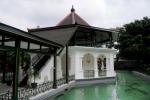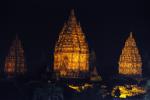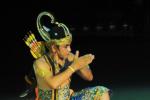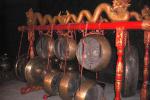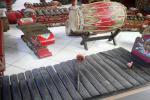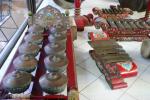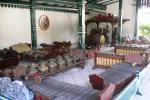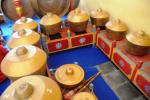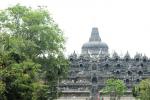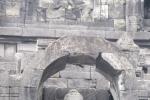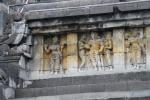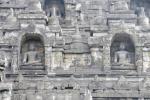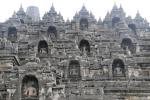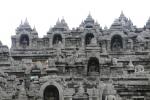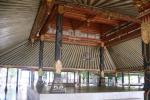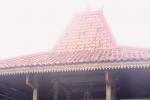
The Tomb of Imogiri
Imogiri (also Imagiri) is a royal graveyard complex in Yogyakarta, in south-central Java, Indonesia, as well as a modern village located near the graveyard in Bantul regency. Imogiri is a traditional resting place for the royalty of central Java, including many rulers of the Sultanate of Mataram and of the current houses of Surakarta and Yogyakarta Sultanate. The name Imagiri is derived from Sanskrit Himagiri, which means 'mountain of snow'. The latter is another name for Himalaya.
The Royal Graveyard that preceded was Kota Gede. The graveyard was constructed by Sultan Agung of Mataram in the later years of his reign, probably in the 1640s.
The graveyard is a significant pilgrimage ziarah site, particularly on significant dates in the Javanese calendar (such as Satu Suro, New Year's Day), and the Islamic calendar.
It also belongs to a larger network of significant locations in Javanese pilgrimage traditions. It is possibly the only major location remaining in Java where the Palaces of Surakarta and Yogyakarta have personnel manning a jointly administered royal graveyard.
Among the site's most prominent graves are that of early Mataram ruler Sultan Agung , and Sultan of Yogyakarta Hamengkubuwono IX, a leader during Indonesia's war for independence. The most recent is that of Pakubuwana XII of Surakarta who was buried in 2004.




















